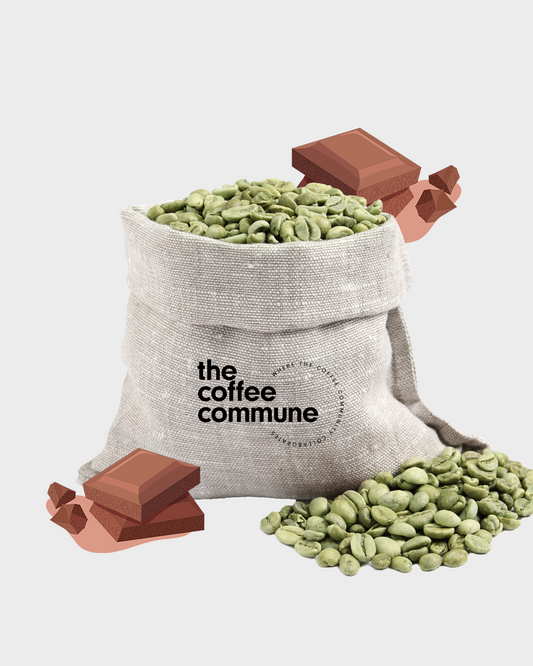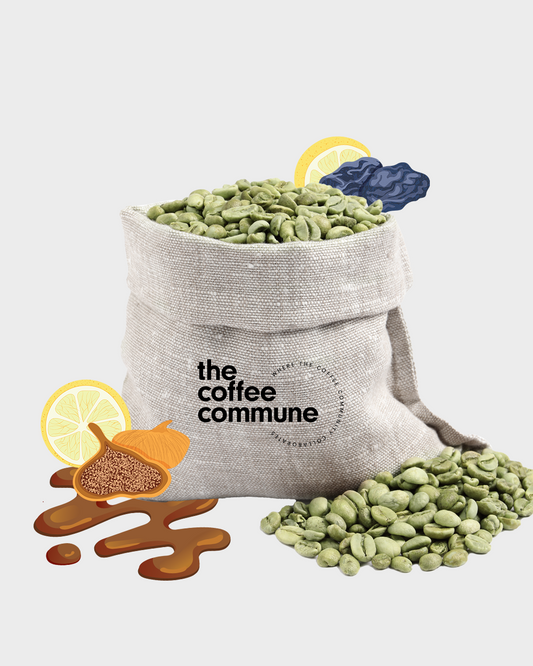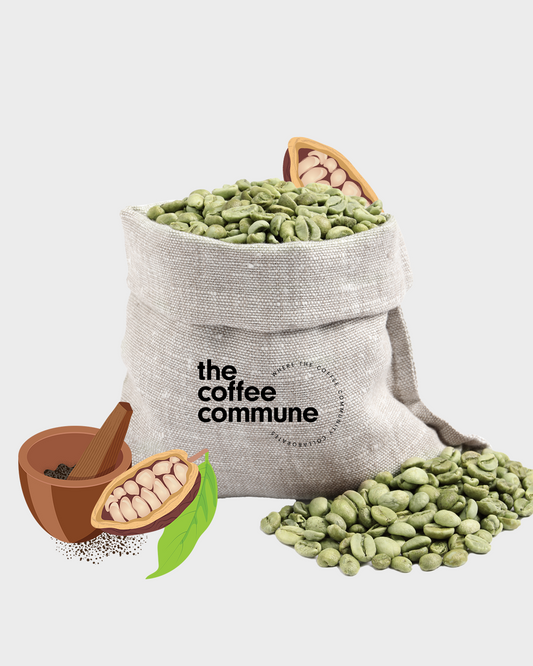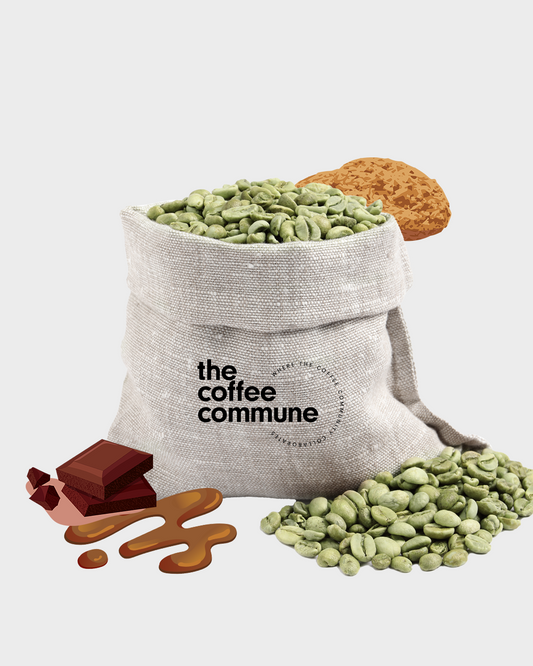The Science of Coffee Roasting: How Heat Affects Flavour
Welcome to the fascinating world of coffee roasting science! Think of this as a crash course in how heat turns green beans into the aromatic magic that starts your day. Just know that you need heat and movement as your basics. We’ve seen people use heat guns and bread makers to roast coffee, and while we wouldn’t recommend liquid nailsing a heat gun to an old bread maker the trusty formula of heat and movement is at play. Let’s break down how heat impacts your roast and why it matters for your coffee.
- The Roasting Stages: From Green to Brown
Roasting coffee is a journey, not just a process. It starts with green beans and goes through several stages:
- Drying Stage: This is where beans lose their moisture. They start out green and end up yellowish.
- Browning Stage: Beans begin to turn brown as the Maillard reaction kicks in. This is where flavour compounds start developing.
- Development Stage: The beans continue to roast and develop their final flavours. This stage includes the first and second cracks, where beans make popping sounds as they release gases.
- First Crack: The Flavour Awakening
The first crack is like the beans’ wake-up call. It’s when they reach around 400°F and start making a cracking noise. This is a key indicator that the beans are reaching a light roast. The flavours are often bright and fruity at this stage.
- Second Crack: The Bold Transition
If you let the beans roast a bit longer, you’ll hear a second crack. This happens around 450°F and indicates a medium to dark roast. The flavours become more complex and can range from caramel to smoky. It’s where the beans’ deeper, richer flavours start to emerge.
- Heat Management: The Roaster’s Art
Managing heat is crucial. Too much heat too quickly can lead to burnt beans, while too little heat can result in an underdeveloped roast. Most roasters allow you to control heat and airflow, so mastering this is key to achieving the flavour profile you want. This is why it takes much more skill to roast in a frying pan, but it’s not impossible to make it work. In addition to heat you need movement of the beans, this can be as simple as you mixing with a wooden spoon or as advanced as your 240kg roaster automatically spinning.
- Cooling Down: The Flavour Stop
Once the beans have reached your desired roast level, it’s important to cool them quickly. This stops the roasting process and locks in the flavours. Failing to cool the beans promptly might result in over-roasting. Some roasters have a cooling cycle, some frypans don’t. You can cool the beans as simply as pouring them into a sieve and putting them near a fan.
- The Role of Roasting Time
Roasting time affects flavour. Shorter roasting times usually produce lighter, more acidic flavours, while longer roasting times lead to darker, richer flavours. Finding the right balance for your taste preferences is part of the fun.
- The Impact of Bean Density
Bean density can affect how they roast. Denser beans might require more heat and time to roast evenly, while less dense beans roast faster. It’s like cooking different cuts of meat—each requires its own approach. Start with our advice then test in small batches to see how you like each bean.
- Degassing and Quality over time
Once your bean is roasted you may want to test a cup immediately, and this isn’t the worst idea while you are learning about your bean and roasting equipment. Some people find they have a fantastic cup immediately… As the bean ages you will usually find the perfect spot where your bean is at its best. As you start to get in a rhythm you can work out what sized batch to roast to give you the premium quality roast for your every day coffee. This is usually the perfect spot between age of bean and how often you have time to roast.
You will understand how long you get at maximum quality and how to best store your roasted beans. Remember most roasted beans like to degas so a valved bag is a great place to start until you upgrade to a fancy storage jar.
Final Thoughts
Understanding the science behind roasting helps you make more informed choices and achieve better results. Play around with heat, time, and bean types to find your perfect roast. Remember, roasting is both a science and an art—so have fun experimenting!






